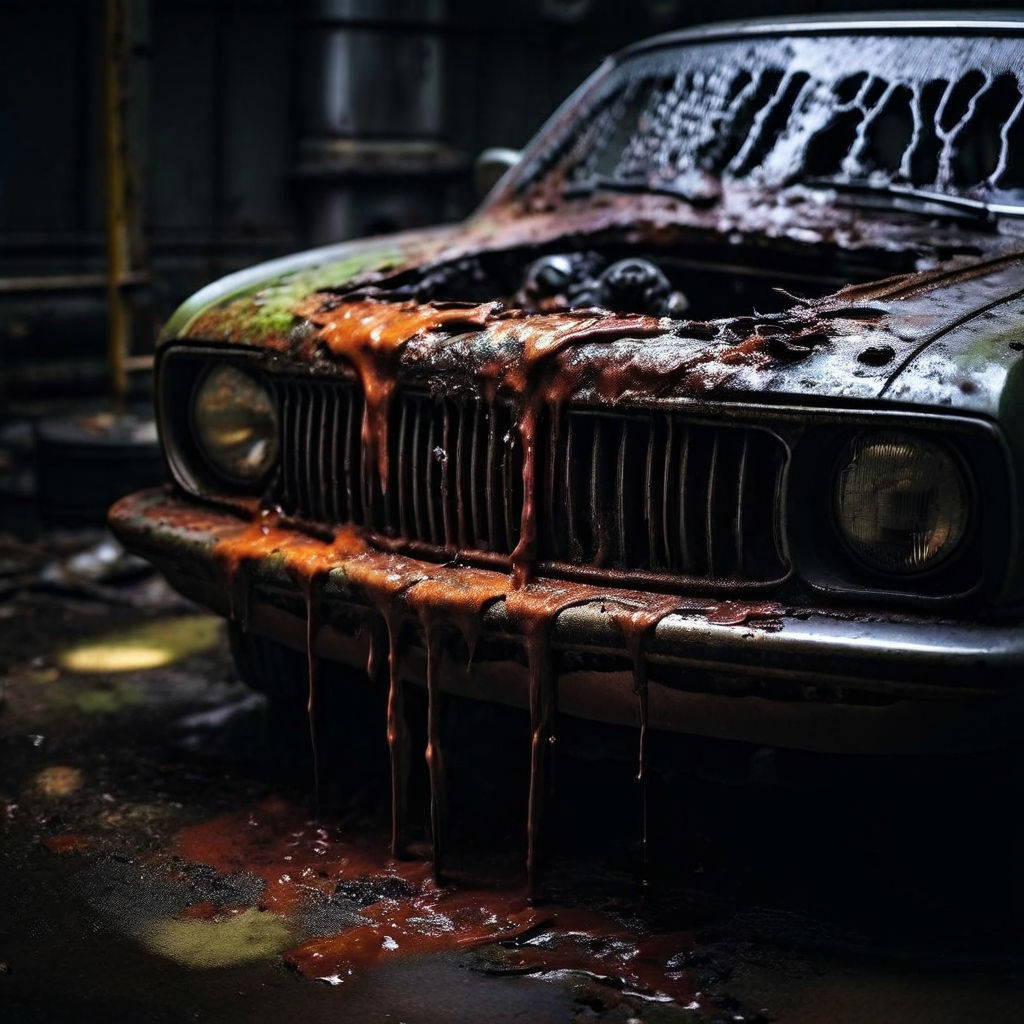Effective Solutions for Radiator Leak Repairs: A Guide for the 2017 Dodge Charger.

Experiencing a radiator leak can be a concerning issue for any vehicle owner, including those with a 2017 Dodge Charger. Addressing radiator leaks promptly can prevent more severe damage and ensure your car remains reliable. This guide provides detailed information on diagnosing and fixing radiator leaks specifically for the 2017 Dodge Charger.
Understanding Radiator Leaks
A radiator leak can lead to overheating, reduced engine performance, and potential engine damage. Identifying and fixing the leak early can save you from costly repairs and ensure your vehicle runs smoothly.
Common Causes of Radiator Leaks
- Worn-Out Radiator Hoses: Over time, radiator hoses can crack or become brittle, leading to leaks.
- Damaged Radiator Core: The core can be damaged by debris, corrosion, or physical impact.
- Faulty Radiator Cap: A malfunctioning radiator cap can cause pressure imbalances, leading to leaks.
- Loose or Broken Fittings: Fittings that are not secure or are damaged can also result in leaks.
DIY Radiator Leak Repair for the 2017 Dodge Charger
Tools and Materials Needed
- Radiator sealant (for temporary fixes)
- Radiator hose clamps
- New radiator hoses (if needed)
- Radiator repair kit
- Socket wrench set
- Screwdrivers
- Safety gloves and eyewear
Step-by-Step Repair Instructions
- Locate the LeakVisual Inspection: Start by inspecting the radiator and hoses for visible signs of leakage. Look for puddles or coolant stains under the vehicle.Pressure Test: Use a radiator pressure tester to identify the source of the leak more accurately.
- Visual Inspection: Start by inspecting the radiator and hoses for visible signs of leakage. Look for puddles or coolant stains under the vehicle.
- Pressure Test: Use a radiator pressure tester to identify the source of the leak more accurately.
- Temporary Fix Using Radiator SealantPrepare the Vehicle: Ensure the engine is cool and the vehicle is on a flat surface.Add Sealant: Pour the radiator sealant into the radiator, following the manufacturer's instructions. This can provide a temporary solution while you arrange for a more permanent repair.
- Prepare the Vehicle: Ensure the engine is cool and the vehicle is on a flat surface.
- Add Sealant: Pour the radiator sealant into the radiator, following the manufacturer's instructions. This can provide a temporary solution while you arrange for a more permanent repair.
- Replace Damaged HosesRemove Old Hoses: Use a socket wrench or screwdriver to loosen and remove the damaged hoses.Install New Hoses: Fit the new hoses into place and secure them with hose clamps.
- Remove Old Hoses: Use a socket wrench or screwdriver to loosen and remove the damaged hoses.
- Install New Hoses: Fit the new hoses into place and secure them with hose clamps.
- Repair or Replace the RadiatorRadiator Repair Kit: If the radiator core is damaged but not beyond repair, use a radiator repair kit to seal small leaks.Replace Radiator: If the radiator is severely damaged, it may need to be replaced entirely. Consult a professional mechanic for replacement.
- Radiator Repair Kit: If the radiator core is damaged but not beyond repair, use a radiator repair kit to seal small leaks.
- Replace Radiator: If the radiator is severely damaged, it may need to be replaced entirely. Consult a professional mechanic for replacement.
- Check for Leaks and Refill CoolantInspect the Area: After repairs, inspect the area for any remaining leaks.Refill Coolant: Refill the radiator with the appropriate coolant mixture. Start the engine and check for leaks again.
- Inspect the Area: After repairs, inspect the area for any remaining leaks.
- Refill Coolant: Refill the radiator with the appropriate coolant mixture. Start the engine and check for leaks again.
Professional Radiator Repair Services
If DIY repairs are not feasible or the leak persists, seeking professional help is recommended. A certified mechanic can provide a thorough inspection and ensure the radiator is repaired or replaced correctly.
FAQ: Common Questions About Radiator Leaks
- How can I tell if my radiator is leaking?Look for puddles of coolant under your vehicle, check for steam or overheating issues, and inspect for visible signs of coolant on or around the radiator and hoses.
- Look for puddles of coolant under your vehicle, check for steam or overheating issues, and inspect for visible signs of coolant on or around the radiator and hoses.
- What should I do if my radiator starts leaking while driving?Pull over safely and turn off the engine. Allow it to cool before attempting any temporary repairs or adding coolant. Contact a towing service if necessary.
- Pull over safely and turn off the engine. Allow it to cool before attempting any temporary repairs or adding coolant. Contact a towing service if necessary.
- Can a radiator leak cause engine overheating?Yes, a radiator leak can lead to a loss of coolant, which may cause the engine to overheat. Addressing the leak promptly is essential to prevent engine damage.
- Yes, a radiator leak can lead to a loss of coolant, which may cause the engine to overheat. Addressing the leak promptly is essential to prevent engine damage.
- How often should I check my radiator and hoses for leaks?Regular inspections, especially before long trips or during routine maintenance, can help you catch potential leaks early and prevent more significant issues.
- Regular inspections, especially before long trips or during routine maintenance, can help you catch potential leaks early and prevent more significant issues.
- Are radiator sealants a permanent fix?No, radiator sealants are typically a temporary solution. They can help manage leaks until a more permanent repair or replacement is done.
- No, radiator sealants are typically a temporary solution. They can help manage leaks until a more permanent repair or replacement is done.
By addressing radiator leaks promptly and following these repair tips, you can maintain the performance and longevity of your 2017 Dodge Charger.

